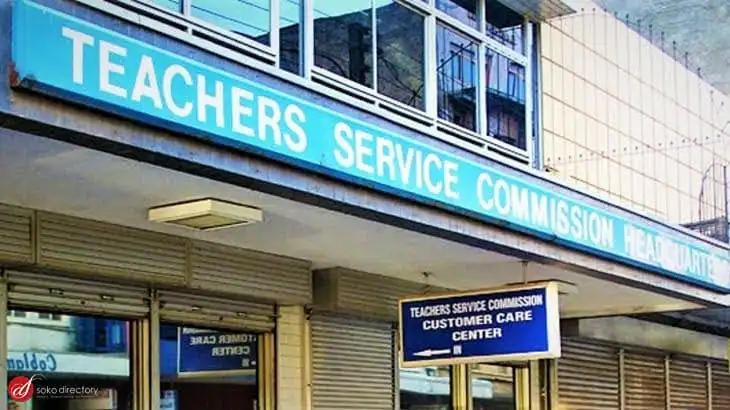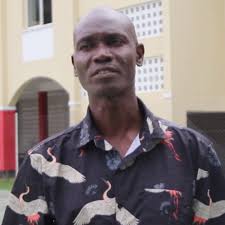By Victor Ochieng’
director@godspenconsultancy.co.ke
Teachers that handle candidate should help them fill the learning gaps. School arrowheads should ensure that this is done in the nick of time.
Candidates should not face the final exam when they feel that they are ill-prepared. Filling the gaps is one of the best approaches to KCSE preparation. Paul Wanyonyi addresses some of those gaps in his house of gold; Priceless Help for Academic Pursuits.
1. Gaps in Content Mastery
Peak performance in KCSE is enhanced through cogent content delivery, mastery and retention. Once an exam is done, tutors should detect glaring gaps through blank spaces left in exams. It’s a form of academic indiscipline that should be fought with ferocious fury.
The perfect antidote is cyclic reading of notes and exposure to core text books. Candidates should read the notes from Form 1-4 more frequently.
Gaps in content mastery is also seen through failure to score full marks in exams, which can be cured through making of marking schemes, rigorous review of past papers and remedial lessons.
Making of marking schemes entails; getting question papers and using them to get answers from the core text books. The core text books remain the object of study, but questions act as the good guide on what and how to study.
Let there be guided exams. In this stupendous strategy, teachers guide candidates to read given areas where they have set examinations from. There is the approach of topical revision, whereby at the tail-end of every topic, candidates make notes and respond to end-of-topic-questions through evaluation.
Gaps in content mastery can also be filled through the in-depth review of past papers. This also helps the candidate to conceptualise the pattern in setting and marking of KCSE. It also exposes the candidate to the format of exams. There is research-based learning, where learners are instructed to read widely and wildly.
Symposiums and hot sittings can also be used to seal these gaps. Candidates get the work that requires research. They make presentations in the full glare of their peers in class. In hot sittings, they field questions from other students. Any question that they find challenging becomes a gap that ought to be filled.
They grasp content by participating in subject-based contests, which means they read given topics, then sit for an exam in those topics.
2. Gaps in Interpretation of Exam Questions
This type of gap comes out clearly when candidates sit for an exam, but fail to respond appropriately to the exam questions that have been set. Some even end up setting their own questions. This can only be treated when candidates are exposed to a lot of exams.
Failure to respond to questions in the required breadth and depth, can be addressed only when students are trained on how to provide main points in exams, which must also be supported with cogent illustrations. In the current exams, more marks have been removed from the main points and put on illustrations. Therefore, candidates should explain explicitly so as to shun un-pointed narrations.
Candidates should change their attitudes towards exams, and get prepared to sit for several exams as a way of practice. For practice makes perfect. Practice also makes permanent.
Candidates should sit for several set of exams; marked and revised. The massive mistake that is committed by some schools is that candidates are made to sit for exams just for formality purposes. Teachers handling the candidate class serve the exams to please the top guns of the institution. They just do it because it is spelt out in the school calendar of events. Or in the Academic Action Plans (AAPs).
3. Gaps in Emerging Trends in the Setting and Marking of Exams
This gap manifests when candidates fail to demonstrate higher level of thinking in exams. It is also seen when candidates evince poor content mastery. Candidates can find medicine to this disease only when they pay meticulous attention to subject experts and examiners. Teachers should study the KNEC reports, and apprise students on recommendations made.
4. Gaps in Writing of Examinations
This gap depicts itself when candidates fail to plot work on paper appropriately. This could be: lackadaisical layout of essays, lousy labelling of diagrams, bad balance of work on paper, bad handwriting, laziness, carelessness, wrong flow of Math equations and failure to present balanced chemical equations in Chemistry.
To mitigate this, there should be personal administration of complete exams and group exams. There should be intensive and extensive practice. Let them study marking schemes in an in-depth manner. Every exam should be given the seriousness it deserves.
5. Gaps in the Mastery of Concepts in the Lower Forms
This is seen when candidates fail dismally to score marks in questions that test topics taught in Forms 1 and 2. This can be treated through cyclic reading of notes and quality quizzes.
If a candidate only grasps Form 1 and 2 work, s/he stands a chance to score a D+ (plus). Mastery of Forms 1 and 2 content can possibly attract a C (plain). Mastery of Forms 1, 2 and 3 content can beckon a B- (Minus). From this trail of thought, it is clear like crystal that Form 4 work basically positions a candidate to scoop an A.
KCSE 2019 confirms. It was 25% Form 1 work. 25% Form 2 work. 25% Form 3 work. 25% Form 4 work. Candidates who grasped Form 1 and 2 work escaped the D+ (plus) and below mark. Unfortunately, some high achievers lost it, because they saw no need of focusing on Forms 1 and 2 work. They massively missed A’s.
6. Gaps in Candidates Motivation
This can be spotted in levels of targets set. Levels of commitment. Levels of discipline and data analysis. The teachers handling the candidate class should help them set targets. Think of things that can prop up their self-esteem and self-motivation.
The writer rolls out talks and training services in school.






